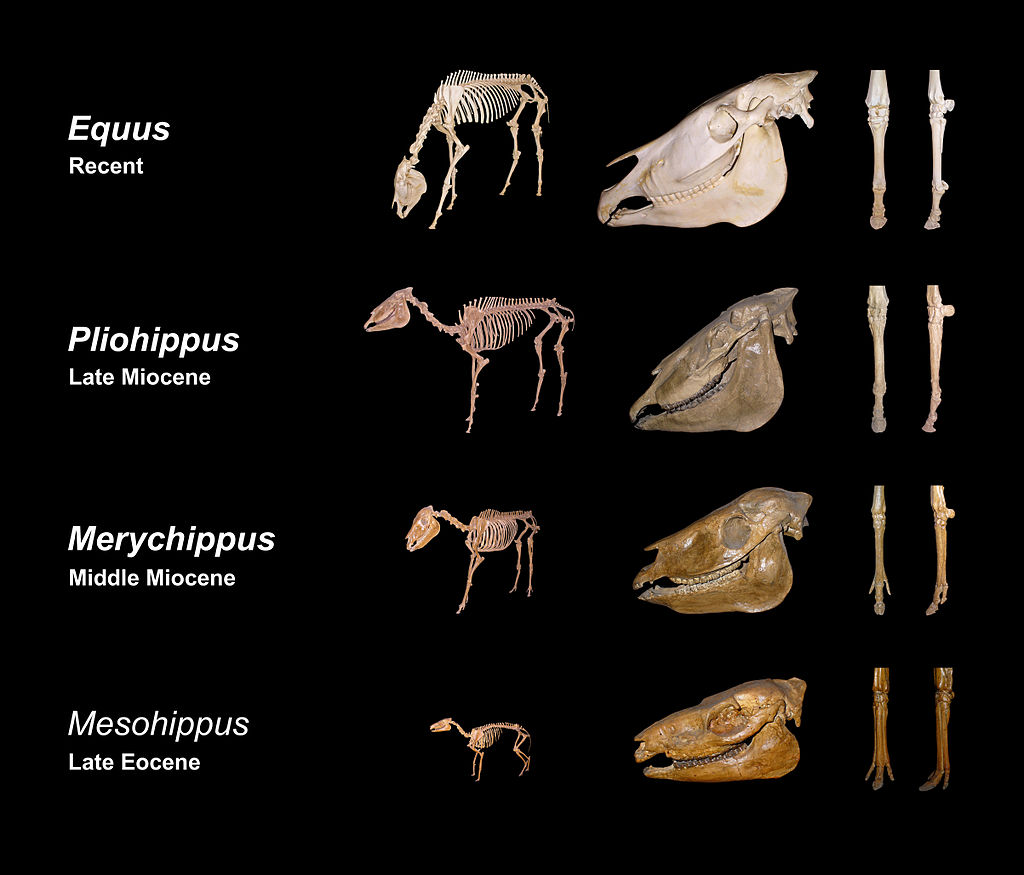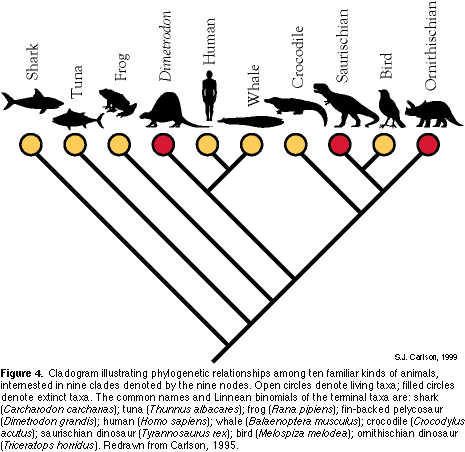Classify Each Example Into the Correct Evolutionary Evidence Category.
Sort the following examples into the correct categories. Classify into mechanism of evolution Classify each example into the correct evolutionary mechanism.
Phylum class order family genus and species Figure 1.

. Anatomical - the bone all vertabraes biogeographical-marsupials and finches biochemical- all and hox fossil- tiktaalik and the remains homologous structures gill pouches whale fins. Below are several pieces of evidence supporting the idea that all life descended from a single common ancestor. Classify each example into the correct evolutionary mechanism.
Plants and animals are not multicellular. Determine the category of prokaryote that each characteristic or example describes and place the labels in the appropriate bins. Chytridiomycota- reproduces via flagellated spores.
The evidence exists in a variety of categories including direct observation of evolutionary change the fossil record homology and biogeography. Pick the correct statement from the following. Another type of evidence for evolution is the presence of structures in organisms that share the same basic form.
Zygomycota- produces a diploid zygospore during sexual reproduction black mold the largest asexual spores. Who are the experts. Within each domain is a second category called a kingdom.
Review the table below and then answer the question that follows. Distribution of fossils on five continent. In this article well examine the evidence for evolution on both macro and micro scales.
Classify each example into the correct evolutionary evidence catogory. For example the limbs of human cheetah whale and wings of a bat. After kingdoms the subsequent categories of increasing specificity are.
Protistans are Eukaryotic is the correct option. Experts are tested by Chegg as specialists in their subject area. A squirrel dies in the mud and the body rots away.
Can you check my answers. Bacteria Archaea and Eukarya. According to the table which of the following organisms shared the most recent common ancestor with humans.
Experts are tested by Chegg as specialists in their subject area. Fungi are microorganisms but are multicellular. Show transcribed image text.
Mud fills up the space where the body was and hardens into a rock. We review their content and use your feedback to keep the quality high. Showing how body parts of one species resemble the body parts of another species as well as accumulating adaptations until structures become more similar on unrelated.
Scientific evidence documents the pattern of evolution. They all have different functions but have a similar structure indicating a common ancestor. Basidiomycota- The common edible mushroom sexual spores produced from club shaped cells under a cap.
This problem has been solved. For example after the common beginning of all life scientists divide organisms into three large categories called a domain. At the end of the article well finish.
Glomeromycota- forms the most common type of mycorrhizae. That similarity results from their origin in the appendages of a common ancestor. We review their content and use your feedback to keep the quality high.
Who are the experts. 2A squirrel dies and is buried by soil. Classify each piece of evidence accordingly.
Fossil record discovery of shells of extinct species discovery of transitional. First well look at several types of evidence including physical and molecular features geographical information and fossils that provide evidence for and can allow us to reconstruct macroevolutionary events. 80 5 ratings Transcribed image text.
Classify each example into the correct evolutionary evidence category. BACTERIA mostly inhabit humans soils and lakes have cell walls containing peptidoglycan include streptococcus ARCHAEA inhabit extreem have cell walls lacking share some ribosomal mostly include methanogens. Natural History Evidence suggests this supergroup evolved over a billion years ago with the incorporation of plastids from a red algae although some lack plastids and it is.
This type of evolution is called divergent evolution. Homologous structures of vertebrate forelimbs. 1 DNA Sequence Data and 2 the secondary endosymbiotic relationship with a red algae 2.
The main way scientists have supported the Theory of Evolution throughout history is by using anatomical similarities between organisms. Whats left is a piece of rock that looks like a squirrel. Similarties in DNA sequences.
Over time water seeps through. Anatomical Evidence for Evolution. For example the bones in the appendages of a human dog bird and whale all share the same overall construction.

Evidence Of Evolution Review Article Khan Academy


Comments
Post a Comment